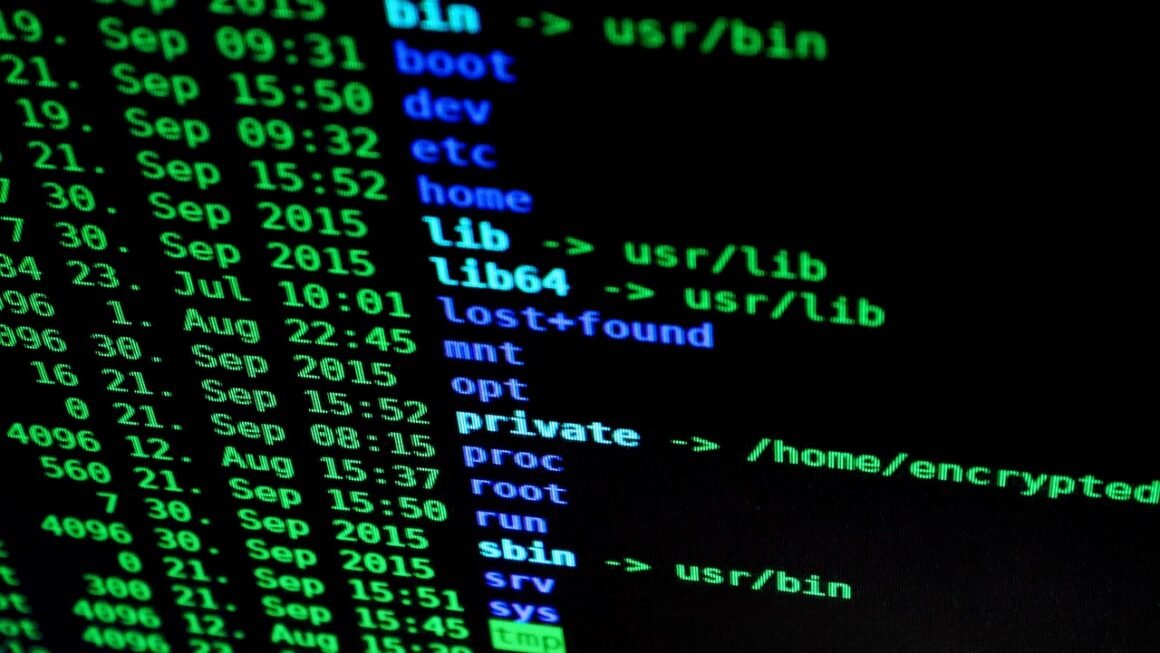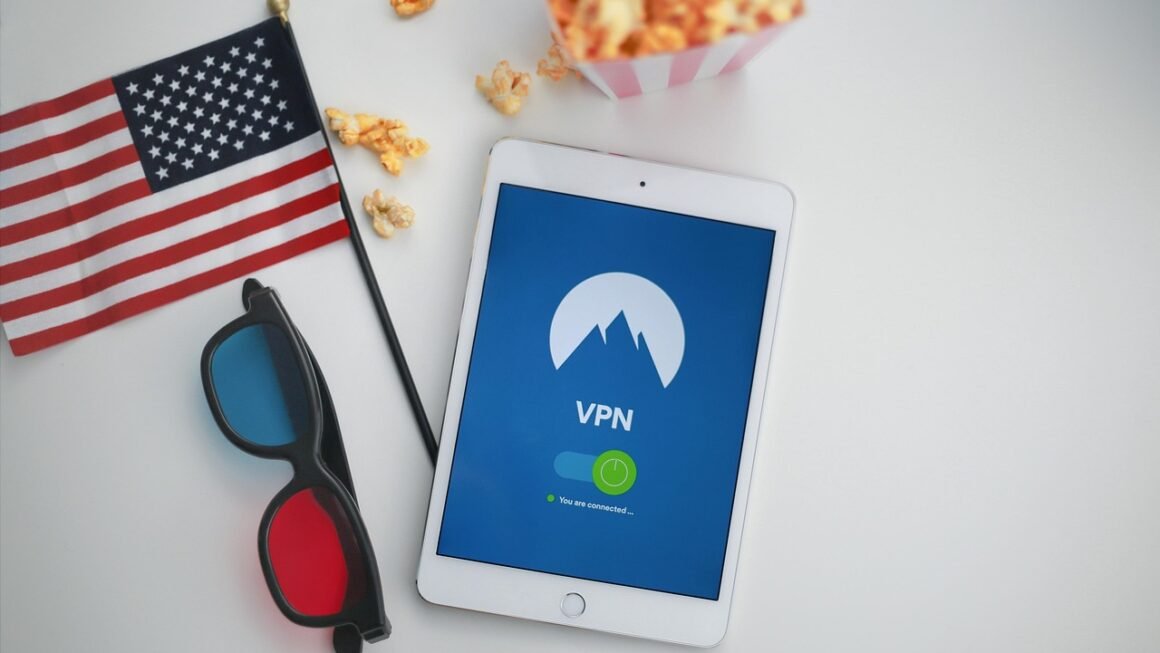Spyware: The Silent Threat Lurking on Your Devices
In today’s hyper-connected world, our devices are our lifelines – holding everything from banking details to personal photos. But this convenience comes with risks. Hidden threats, like spyware, silently collect your data and compromise your privacy. Understanding what spyware is, how it works, and how to protect yourself is critical in navigating the digital landscape safely. This guide provides a comprehensive overview of spyware, empowering you to defend against this insidious form of malware.
What is Spyware?
Defining Spyware
Spyware is a type of malicious software designed to secretly gather information about a user’s activities without their knowledge or consent. Unlike viruses that often cause noticeable damage, spyware operates stealthily in the background, making it difficult to detect.
- It is a subcategory of malware.
- It’s designed to monitor your computer activity.
- It aims to collect sensitive information, such as passwords, credit card details, browsing habits, and keystrokes.
How Spyware Differs from Other Malware
While all malware is harmful, spyware has specific characteristics that differentiate it from viruses, worms, and ransomware:
- Stealth: Spyware prioritizes secrecy and avoids detection.
- Data Collection: Its primary purpose is to collect and transmit data.
- Financial Motivation: Often used for identity theft, financial fraud, and targeted advertising.
Examples of Common Spyware Activities
Spyware can perform a wide range of malicious activities, including:
- Keystroke Logging: Recording every key pressed on the keyboard, capturing usernames, passwords, and sensitive data.
- Monitoring Browsing History: Tracking the websites visited, search queries, and online activities.
- Collecting Personal Data: Harvesting information like email addresses, social media profiles, and contact lists.
- Screen Capturing: Taking periodic screenshots of the user’s desktop.
- Webcam Access: Remotely activating the webcam to record video and audio.
How Spyware Infects Your Devices
Common Infection Vectors
Spyware can infiltrate your devices through various means, often disguised as legitimate software or hidden within deceptive downloads.
- Software Bundling: Included as part of a free software download without clear disclosure. For example, a seemingly harmless media player might come bundled with spyware. Always read the installation agreements carefully!
- Drive-by Downloads: Exploiting vulnerabilities in web browsers or operating systems to automatically install spyware when visiting a compromised website. Keeping your software updated is critical.
- Phishing Emails: Delivered through malicious email attachments or links that lead to fake websites designed to trick users into downloading spyware. Be wary of unsolicited emails, especially those asking for personal information or urging you to click on links or open attachments.
- Fake Software Updates: Disguised as legitimate software updates for popular programs, like Adobe Flash or Java.
- Peer-to-Peer (P2P) File Sharing: Downloading infected files from P2P networks.
The Role of Social Engineering
Social engineering plays a significant role in tricking users into installing spyware. Attackers often use deceptive tactics to manipulate individuals into taking actions that compromise their security.
- Creating a Sense of Urgency: Claiming that your computer is infected and you need to download a security tool immediately.
- Impersonating Trusted Entities: Posing as a legitimate company or organization to gain your trust.
- Appealing to Curiosity or Greed: Luring you with enticing offers or sensational content.
Detecting Spyware on Your System
Signs of Spyware Infection
Identifying spyware can be challenging, as it operates stealthily. However, there are several indicators that might suggest a spyware infection:
- Slow Computer Performance: Unexplained slowdowns, freezes, and crashes.
- Increased Pop-up Ads: A sudden surge in pop-up ads, even when not browsing the internet.
- Changes to Browser Settings: Unwanted changes to your homepage, search engine, or toolbar.
- Unusual Error Messages: Frequent and unexpected error messages.
- Increased Internet Traffic: Significant increase in internet usage, even when you are not actively using the internet.
- New Toolbars or Extensions: Unfamiliar toolbars or browser extensions that you did not install.
Using Anti-Spyware Tools
Anti-spyware tools are designed to detect and remove spyware from your system.
- Choosing a Reputable Anti-Spyware Program: Selecting a reliable and effective anti-spyware program is essential. Look for programs with positive reviews, regular updates, and comprehensive scanning capabilities. Consider tools from well-known security vendors.
- Performing Regular Scans: Schedule regular scans to detect and remove spyware before it can cause significant damage.
- Keeping Your Software Up-to-Date: Ensure that your anti-spyware program and other security software are up-to-date with the latest virus definitions and security patches.
Protecting Yourself from Spyware
Proactive Security Measures
Preventing spyware infections is crucial for maintaining your privacy and security.
- Install and Maintain Anti-Virus and Anti-Spyware Software: Regularly update your security software and perform frequent scans.
- Use a Firewall: A firewall acts as a barrier between your computer and the internet, blocking unauthorized access.
- Be Careful When Opening Emails and Clicking Links: Avoid opening suspicious emails, clicking on links from unknown sources, or downloading attachments from untrusted senders.
- Download Software from Trusted Sources: Only download software from reputable websites and official app stores.
- Read Installation Agreements Carefully: Pay attention to the terms and conditions of software installations and uncheck any unwanted bundled software.
- Use Strong Passwords: Create strong, unique passwords for all your online accounts and avoid reusing passwords across multiple sites.
- Enable Two-Factor Authentication (2FA): Add an extra layer of security to your accounts by enabling 2FA, which requires a second verification code in addition to your password.
Practicing Safe Browsing Habits
Safe browsing habits are essential for avoiding spyware infections.
- Avoid Suspicious Websites: Be cautious when visiting websites with poor reputations or those that offer pirated software or illegal content.
- Keep Your Browser and Operating System Updated: Regularly update your browser and operating system to patch security vulnerabilities that spyware can exploit.
- Use a Pop-up Blocker: Pop-up blockers can prevent malicious pop-up ads from installing spyware.
- Be Wary of Free Wi-Fi: Avoid accessing sensitive information on public Wi-Fi networks, as they are often unsecured and vulnerable to eavesdropping. Use a VPN (Virtual Private Network) to encrypt your internet traffic.
Legal and Ethical Implications of Spyware
Understanding Spyware Laws
The use of spyware raises significant legal and ethical concerns. Many countries have laws regulating the use of spyware, particularly when it involves monitoring individuals without their consent.
- Legality of Monitoring Employees: Companies must adhere to strict guidelines when monitoring employee computer usage, typically requiring clear policies and employee consent.
- Parental Monitoring: Laws regarding parental monitoring of children’s online activities vary by jurisdiction.
- Consequences of Illegal Spyware Use: Violations of spyware laws can result in severe penalties, including fines, imprisonment, and civil lawsuits.
Ethical Considerations
Even when spyware use is legal, it can raise ethical concerns.
- Privacy Rights: Individuals have a right to privacy, and spyware can violate this right by collecting personal information without consent.
- Informed Consent: Obtaining informed consent is crucial when monitoring individuals’ activities.
- Transparency: Transparency in monitoring practices is essential for building trust and maintaining ethical standards.
Conclusion
Spyware is a significant threat to your privacy and security in the digital world. Understanding how it works, how to detect it, and how to protect yourself is essential. By implementing proactive security measures, practicing safe browsing habits, and staying informed about the legal and ethical implications of spyware, you can minimize your risk and safeguard your personal information. Stay vigilant, keep your software updated, and prioritize your digital safety to keep spyware at bay.



